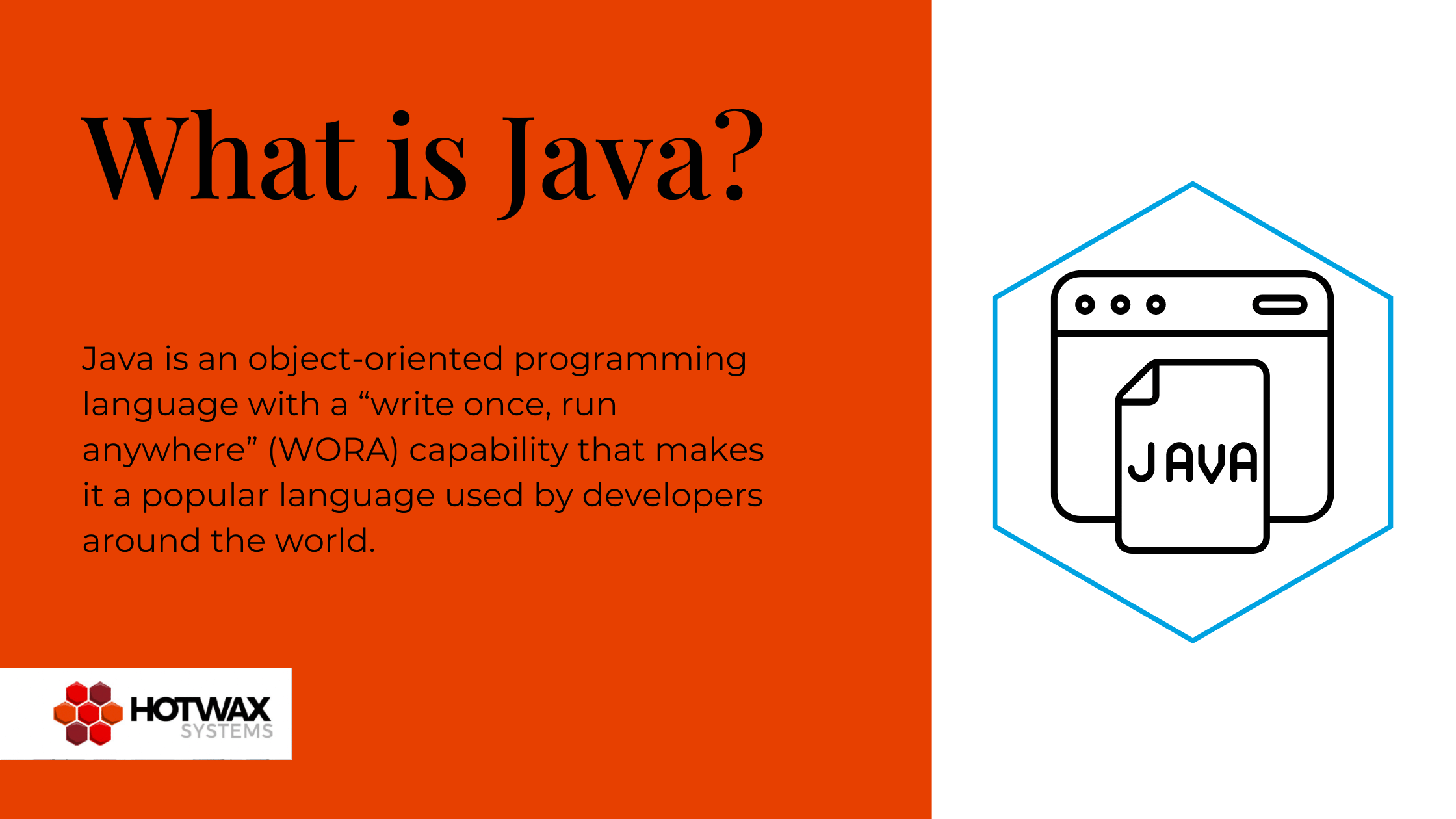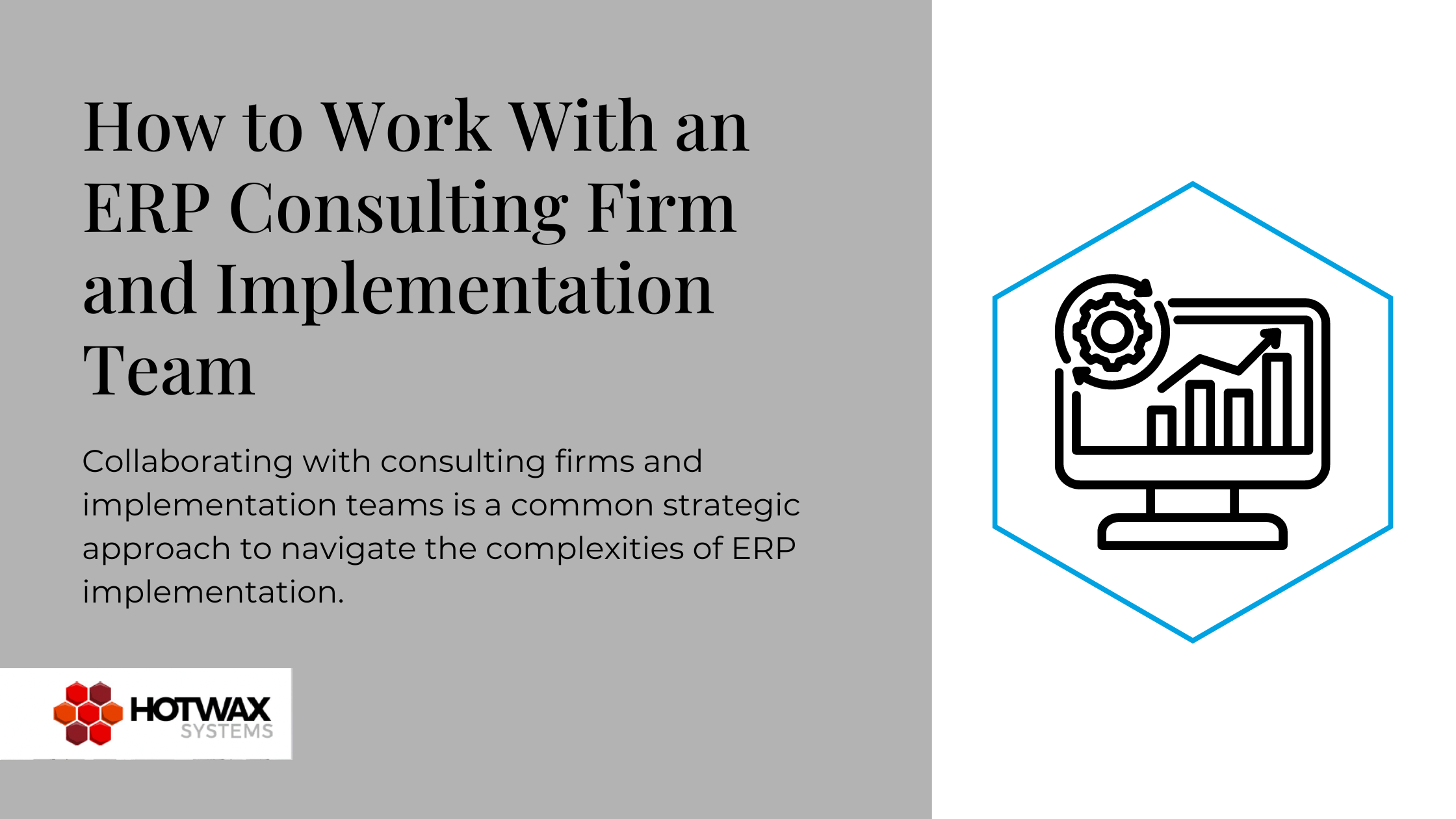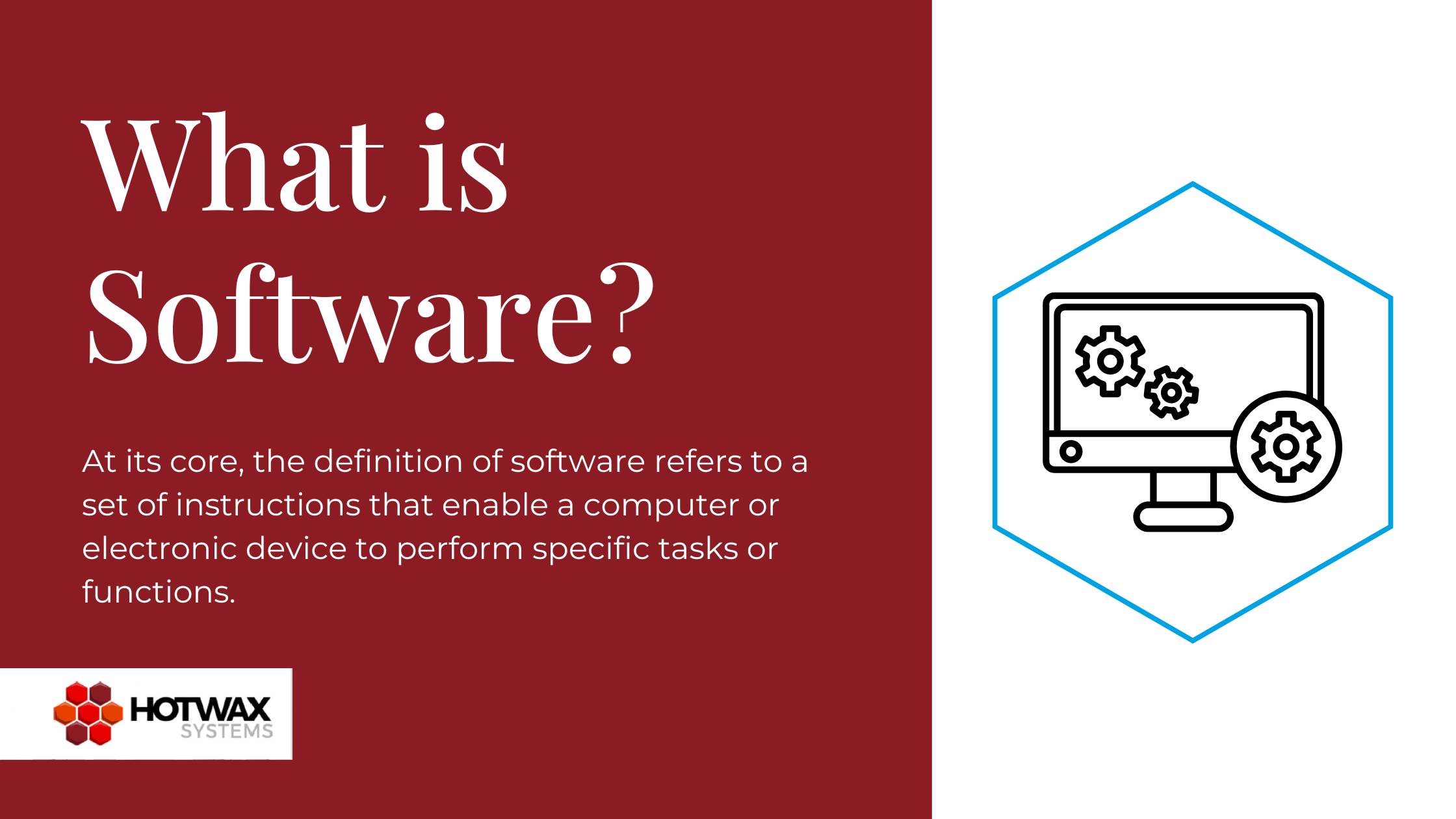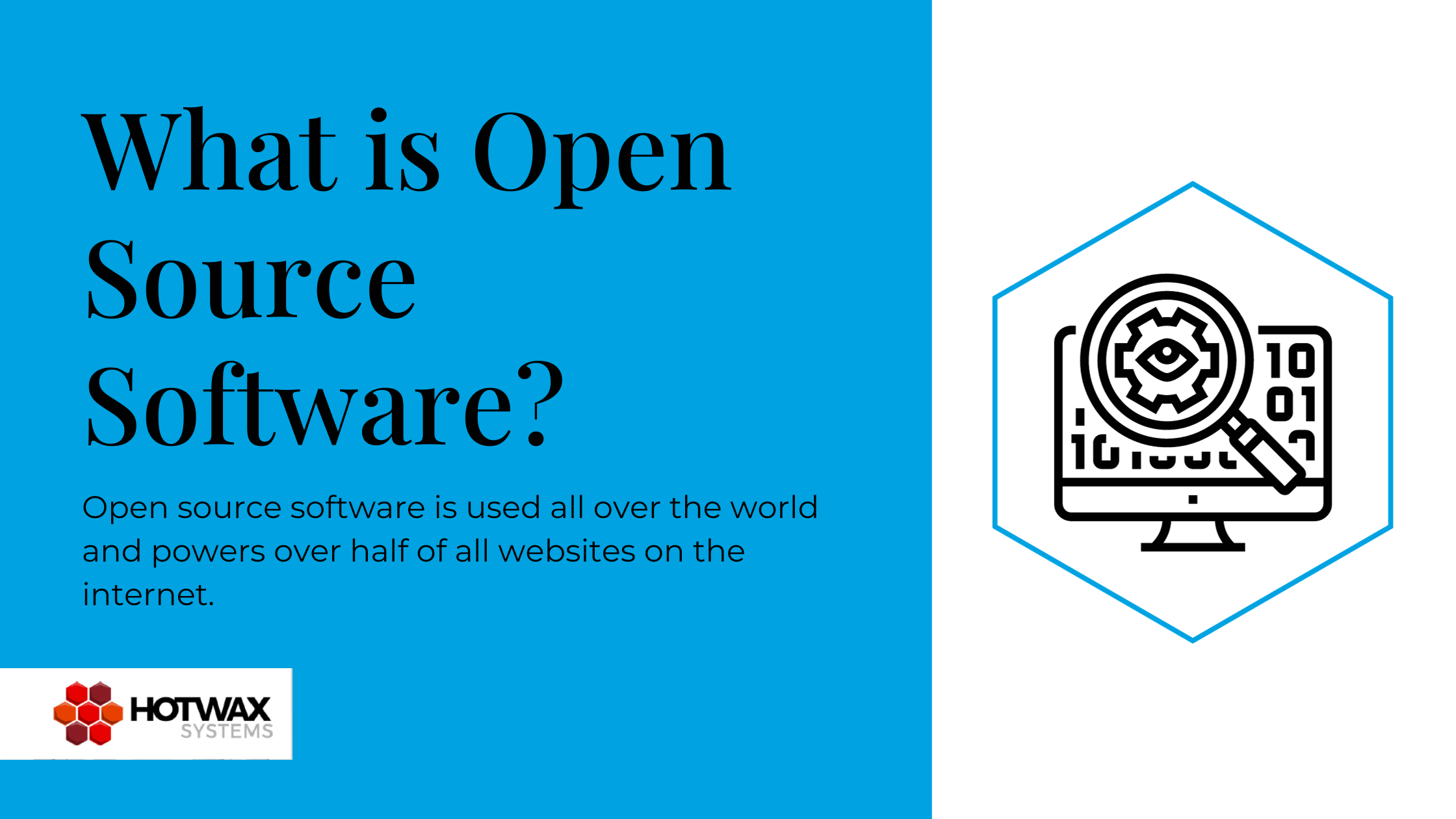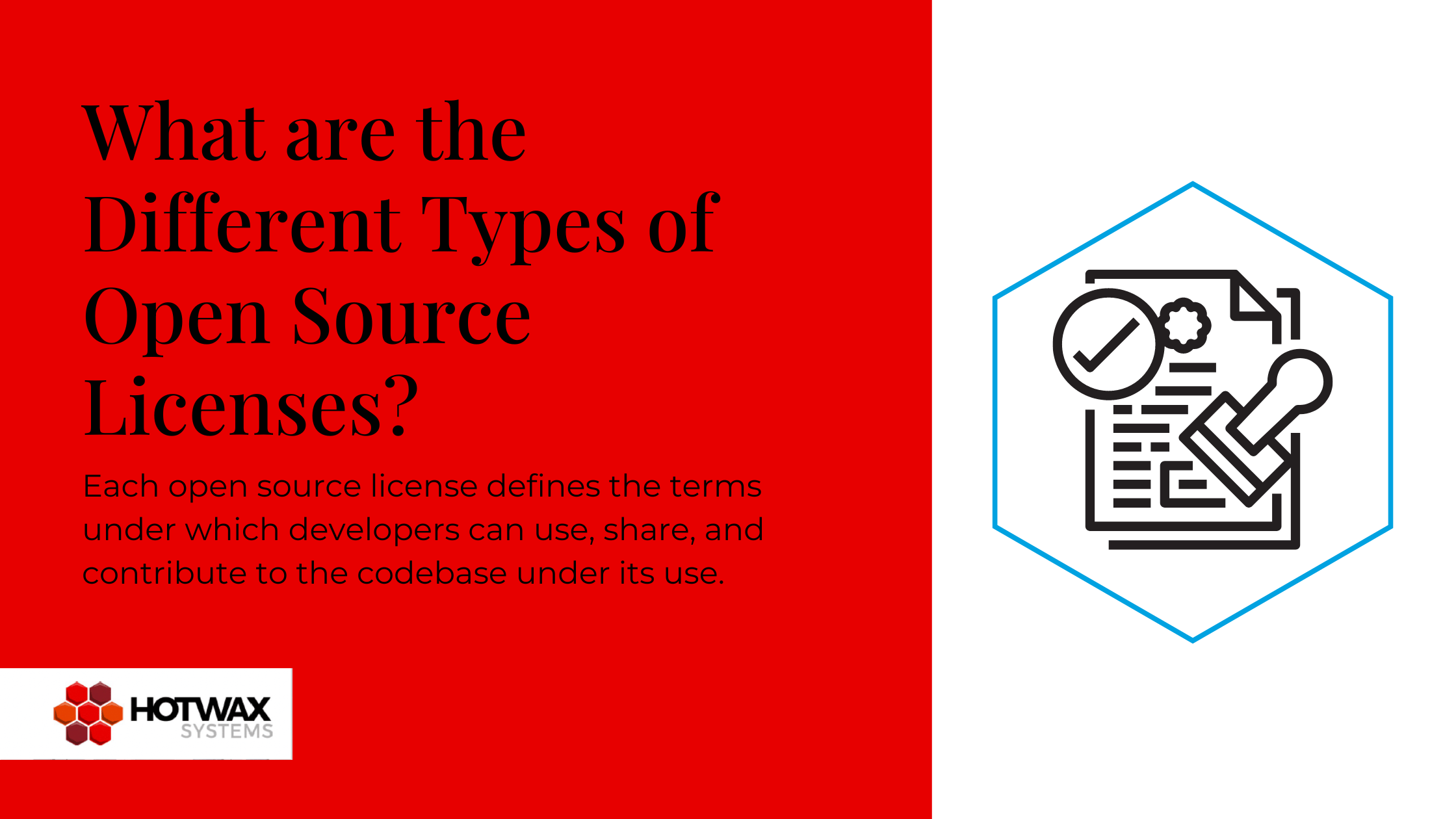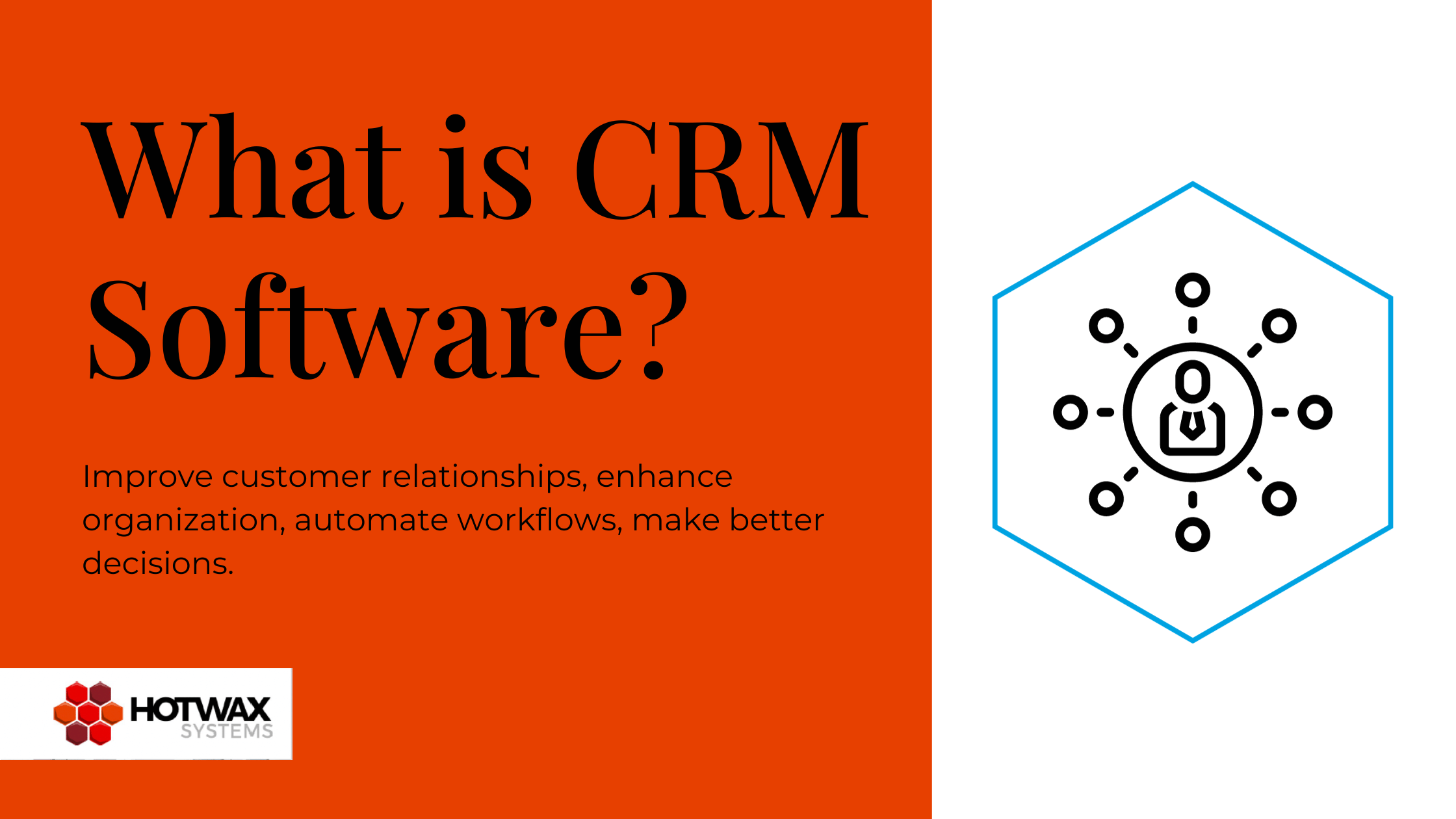Scan these e-commerce fast facts for a quick, basic understanding of e-commerce.
E-commerce fast facts
The term “E-commerce” is widely used. But what does it actually mean? This blog post provides a set of basic e-commerce fast facts. Invest five minutes for a quick, basic understanding of e-commerce.
What e-commerce is
E-commerce is “the buying and selling of goods or services– or the transmitting of funds or data– over an electronic network, primarily the internet”.1
What e-commerce is not
E-commerce is not:
- E-business
- E-tail
- Enterprise Resource Planning (ERP)
While there are similarities, these items are not exactly the same as e-commerce. Future blog posts will provide ERP and e-business fast facts.
A (very) brief history of e-commerce
While businesses began using Electronic Data Interchange (EDI) in the 1960s to share information, more than a decade passed before electronic document sharing became pervasive. In 1979, ASC X12 became the universal standard for sharing business documents through electronic networks. At this time, the volume of business documents exchanged electronically dramatically increased. Then came 1990s, when Amazon and ebay revolutionized the e-commerce industry. Online shopping then surpassed the sharing of business documents as the primary use of e-commerce channels.
Four E-commerce categories
E-commerce is commonly divided into four categories.2
- B2B (Business to Business): Companies do business with each other. For example, manufacturers sell to distributors.
- B2C (Business to Consumer): Businesses sell to the general public online via “shopping cart software”. Think Amazon.
- C2B (Consumer to Business): Consumers post a project online, usually with a set budget. Companies bid on the project. Upwork is a good example of C2B.
- C2C (Consumer to Consumer): Consumers buy from–and sell to–each other via online marketplaces such as Etsy.
Basic components of an e-commerce system
An e-commerce system is a set of tools that facilitates buying and selling online. It also helps vendors manage the sales process. Basic components of an e-commerce system include:3
- Registration: Users must register (provide basic billing and shipping information) in order to use the site. The e-commerce system stores this information for future use.
- Basket: A tool that allows users to select merchandise and then go to “checkout” for payment. This tool is also known as the “shopping cart”.
- Payment: Tool that allows the user’s bank to review a proposed transaction. The bank can either approve or deny that transaction based on the availability of funds in the account.
- Product management: This tool provides all the features needed to place and fulfill orders and is the key to managing online sales.
- Order management: This tool tracks and manages order and delivery information. It makes correct delivery possible.
Keep Learning
E-commerce systems range from very basic to extremely complex. When selecting an e-commerce system it is important to match needs and features as closely as possible because too much functionality can be cumbersome to a new business. However, not enough functionality can be crippling to a growing business.
Are you curious about what a full-featured e-commerce system looks like? Check out our Apache OFBiz Accelerator e-commerce system.
Note: Some of the information in this blog post was gathered from the following sources:
1TechTarget – e-commerce
2Business News Daily – What is e-commerce
3Engitel – Typical Functions of an E-Commerce System


